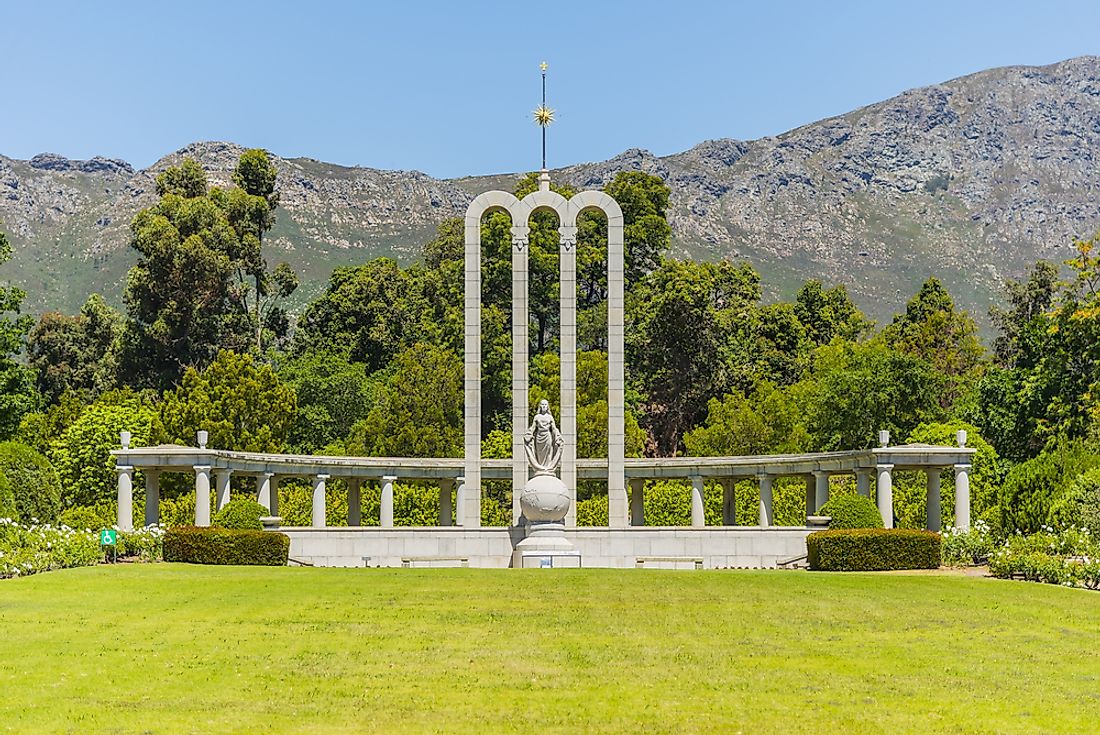Who are the Huguenots?

The Huguenots refer to the French Protestants who followed John Calvin’s teachings in the 16th and 17th century. They suffered religious persecution because of their faith. A French martyr named Jean Vallière was burned in Paris in 1523. Due to the persecutions, most of the Protestants fled from France to Protestant countries such as Switzerland, Wales, Denmark, Sweden, and England among other states. However some of them remained in France, but quietly practiced their faith.
History of the Huguenots
The rising of the Huguenots can be traced to Martin Luther. Martin Luther was a theology professor at University of Wittenberg. He was also a Catholic monk. During his preparation for one of his lectures, he came across the Biblical scripture in Romans 1:17 which states “…the just shall live by faith.” His eyes were opened to realize that contrary to the Roman Catholic doctrine, Christians be forgiven their sins by having faith in God and being saved. He also started reading scriptures for himself unlike most Catholics who let the priests read and interpret the Bible for them. Subsequently, Martin Luther gained religious enlightenment. He challenged the teachings and doctrines of the papacy leading to his excommunication from the church. While in hiding at Wartburg Castle, Martin Luther translated the New Testament part of the Bible into the German language to enable the ordinary people to read God’s word. Hence, Martin Luther pioneered the Church Reformation in 1517 and formed the Lutheran church.
The Protestant Reformation spread from Germany to France. The name “Huguenots” referred to the French Reformers. Rather than following the General Lutheranism associated with Martin Luther, they followed the teachings of John Calvin giving rise to Calvinism. Similar to the Lutheranism, the doctrine of Calvinism also encouraged individual salvation and individual reading and interpretation of scripture. Before long, many French people from northern France abandoned the Roman Catholic to become Protestants. In turn the Roman Catholic accused Protestants of heresy and pronounced an edict for their extermination. In spite of the decree, Protestanism grew with many people adding to their numbers. By 1952 there were about two million Huguenots. In 1562, the French Wars of Religion began as a result of the slaying of 1200 Huguenots. Many years afterwards in 1598, by the Edict of Nantes the Wars of Religion ended. The edict gave the Huguenots some religious freedom.
Modern Time Huguenots
Today, about 2% of the French population is made up of Protestants. Those who live in Alsace (northeast France) and the Cévennes (south France) still consider themselves Huguenots. In Australia, some French Australians also call themselves Huguenots. There is a body known as Huguenot Society of Australia that encourages them to keep practicing their culture and beliefs. There also exists a community of Huguenots in the United States. They have headquarters in New York and a broad membership across the nation. One of the most active Huguenot congregations gathers in Charleston, South Carolina. They conduct their services in English. However, once every year, there is an Annual French Service conducted entirely in French. The service takes place on the 2nd or 3rd Sunday after Easter to commemorate the Edict of Nantes. In 1985, President François Miterrand extended an apology to the Huguenots for the massacres that happened in the French history.







